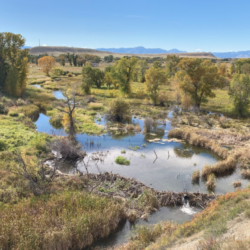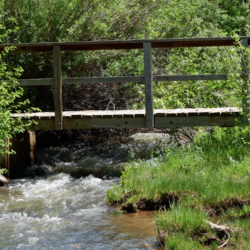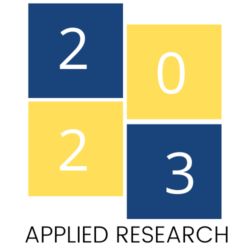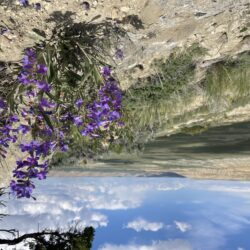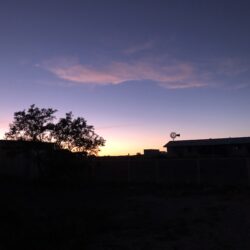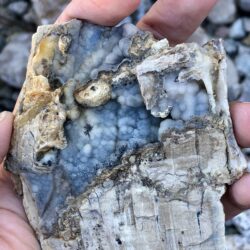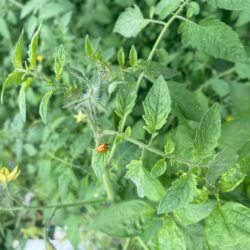Mapping Beaver Conflicts: A Step Toward Coexistence— Xiaofan Shen
This fall, I found myself immersed in the world of beavers, data points, and digital maps. As a research assistant with Ucross High Plains Stewardship Initiative, I am collaborating with the Montana Beaver Conflict Resolution Program (BCRP) at the National Wildlife Federation to leverage geospatial tools to visualize beaver conflicts and highlight effective mitigation solutions Read more about Mapping Beaver Conflicts: A Step Toward Coexistence— Xiaofan Shen[…]

